One tiny tick bite can flip your dog’s world upside down.
Lyme disease isn’t rare. It’s sneaky, serious, and often hits before you even realize there’s a problem. One day your pup is bounding through the grass — the next, they’re limping, tired, and not quite themselves.
The scary part? It can mimic other illnesses. The good part? You can fight back — if you know what to watch for.
From strange symptoms to life-saving prevention, this guide breaks it all down in plain, passionate language. Because when it comes to your dog’s health, guessing isn’t good enough.
Let’s get you the answers every dog lover needs to protect their four-legged best friend.
Early Symptoms
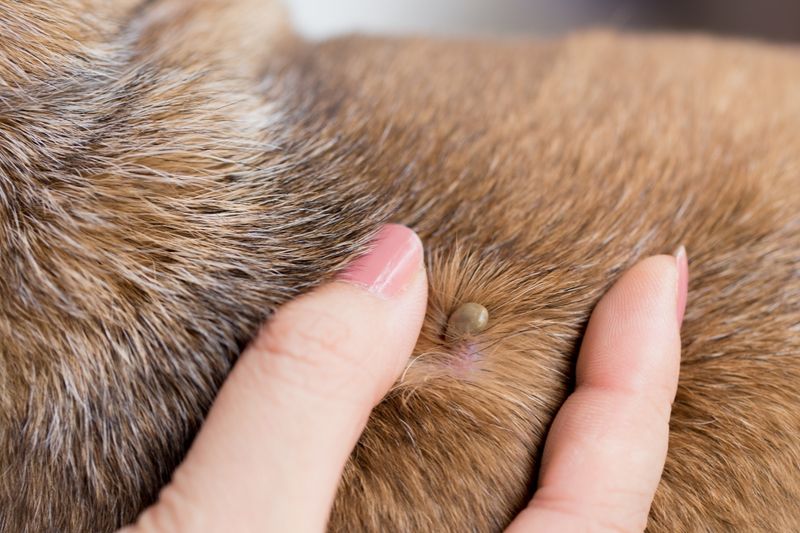
Your dog might be hiding a secret. Early signs of Lyme disease often manifest as subtle changes in your pet’s behavior.
If your dog seems less energetic or has lost its appetite, don’t dismiss these signs. It may be the first whisper of Lyme disease knocking at your door.
Keep a keen eye. Other early symptoms can include fever and swollen lymph nodes. These changes, though slight, are worth noting. They might be the silent heralds of a more serious condition. Observing your dog closely can make all the difference.
Diagnosing Lyme Disease
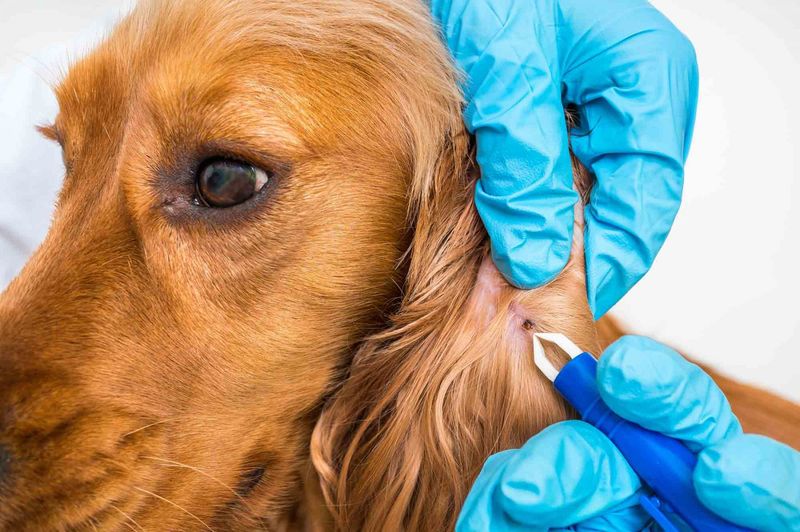
Veterinarians hold the key to unlocking the mystery of Lyme disease. The process involves a combination of physical examinations and blood tests. It’s not just science; it’s also an art of observation.
The vet looks for specific antibodies that indicate Lyme disease. Diagnosis isn’t always straightforward. Factors like geography and lifestyle can complicate the picture.
Routine vet visits can aid early detection. Spotting Lyme disease early opens doors to effective treatment plans and a healthier life for your dog.
Tick Prevention Measures
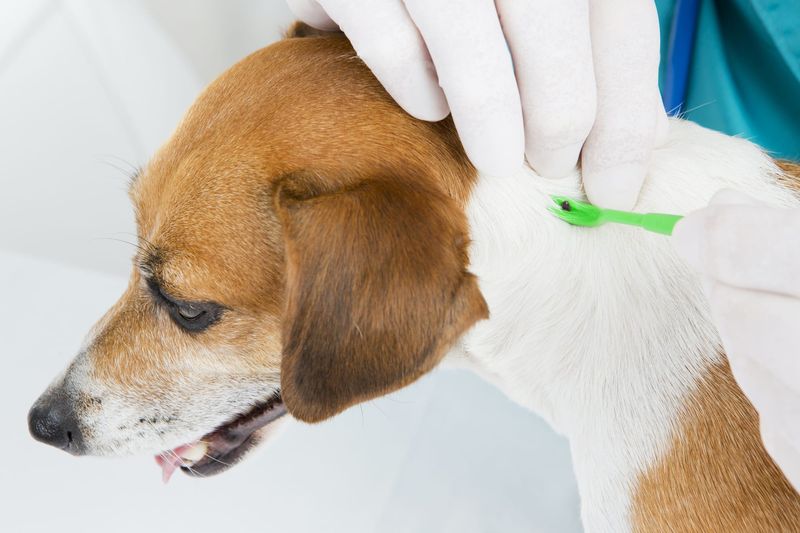
It’s a beautiful day, and your dog is ready for adventure. Yet, lurking in the grass are ticks, the tiny harbingers of Lyme disease. Preventing tick bites is crucial.
Use tick prevention products like sprays or collars. Regular grooming and tick checks are essential too. Don’t forget the tick’s favorite hideouts: ears and underbelly.
Maintaining a tidy garden can also minimize risks. Your vigilance in these preventive measures shapes a safer world for your furry friend, keeping Lyme disease at bay.
Importance of Vaccination
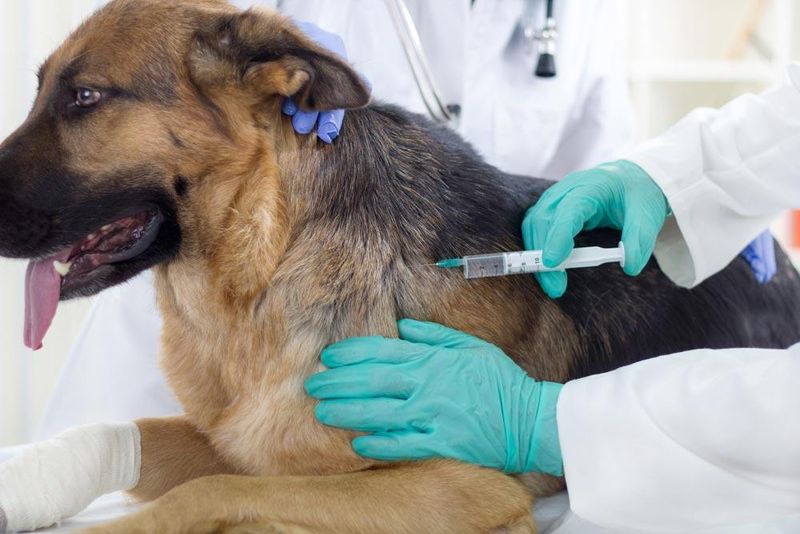
Vaccination acts as a protective shield against Lyme disease. This preventative step is crucial for dogs in high-risk areas. Annual vaccines can reduce the risk of infection.
Not every dog needs a Lyme vaccine, though. It’s important to consult with your veterinarian. Tailor the decision to your dog’s lifestyle and environment.
Vaccination isn’t foolproof but offers added defense. By choosing to vaccinate, you take proactive steps. This decision safeguards your pet’s health and enhances peace of mind.
Symptoms of Advanced Lyme

In the storm of Lyme disease, advanced symptoms tell the tale. Dogs may experience severe joint pain or even lameness.
These symptoms are like distress signals, urging immediate attention. Kidney complications can also arise, escalating the threat. Your vigilance in recognizing these signs is vital. Remember, earlier intervention leads to better outcomes.
The journey may seem daunting, but understanding these symptoms helps navigate the path to recovery. Your dog’s comfort and health depend on your awareness.
Antibiotic Treatment Options
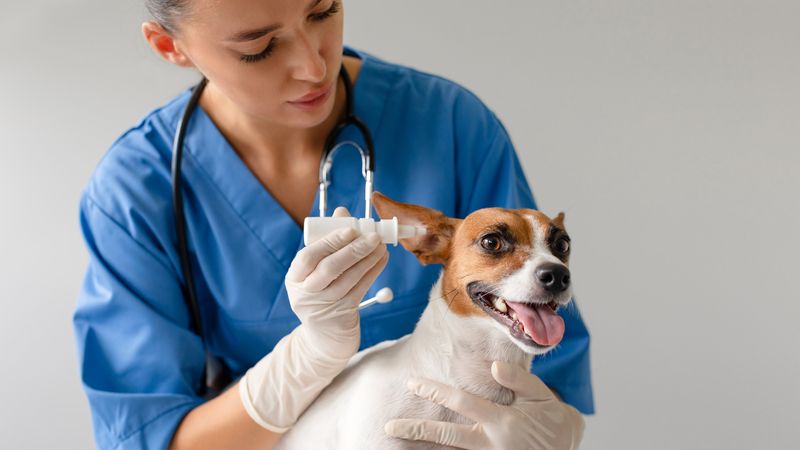
When Lyme disease strikes, antibiotics become the frontline warriors. Doxycycline is often the drug of choice. The vet prescribes based on your dog’s specific needs.
Treatment typically lasts several weeks. Antibiotics work to clear the infection and alleviate symptoms. However, they aren’t a magic cure.
Close monitoring and follow-up are essential. Side effects can occur, so vigilance is necessary. Keep communication open with your vet. Together, you can forge a strong defense against Lyme disease.
Natural Remedies and Support
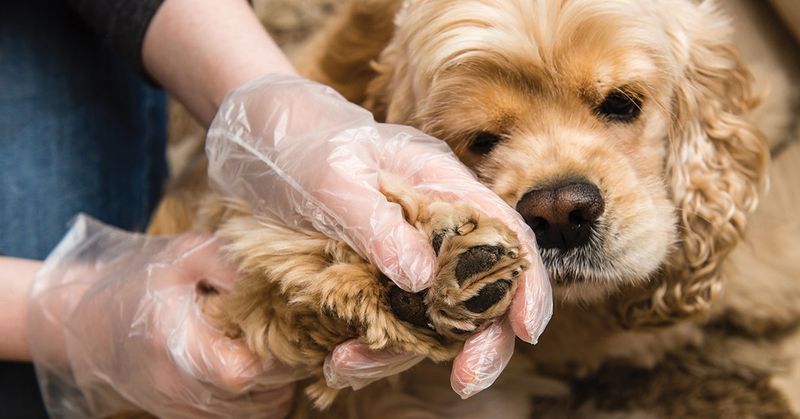
For those seeking alternative avenues, natural remedies offer potential benefits. Herbs like turmeric and milk thistle can support your dog’s immune system.
These remedies are complements, not replacements, for veterinary care. They offer additional support during recovery. Consult with a holistic pet care expert to tailor remedies to your dog’s needs.
Understanding the harmony between conventional and alternative approaches is key. Natural remedies are a part of a broader strategy to enhance your dog’s health.
Understanding Tick Habitats
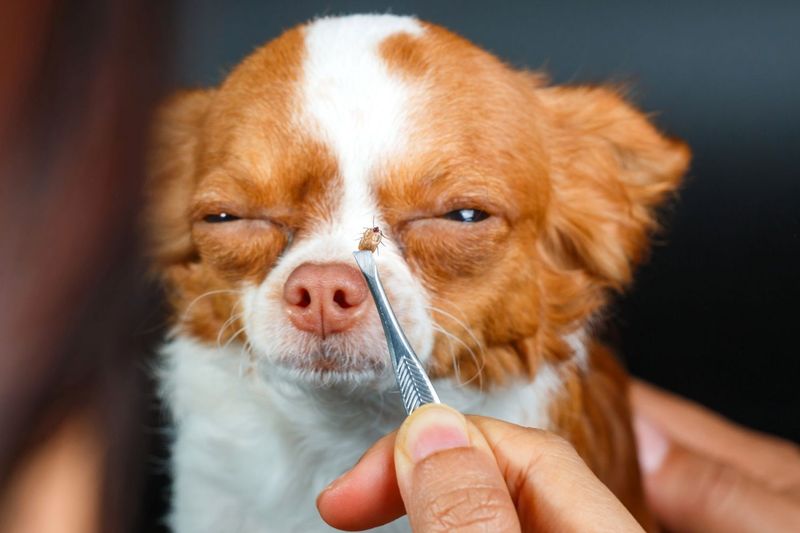
Ticks thrive in shadows, lying in wait to hitch a ride on unsuspecting hosts. Understanding where ticks live helps prevent encounters.
Common habitats include tall grass, forests, and even your backyard. Keeping your environment tidy reduces tick populations. Awareness of these habitats is crucial.
It empowers you to take preventive measures. Knowledge becomes your ally in the fight against Lyme disease, helping protect your dog from these stealthy invaders.
Recognizing Co-Infections
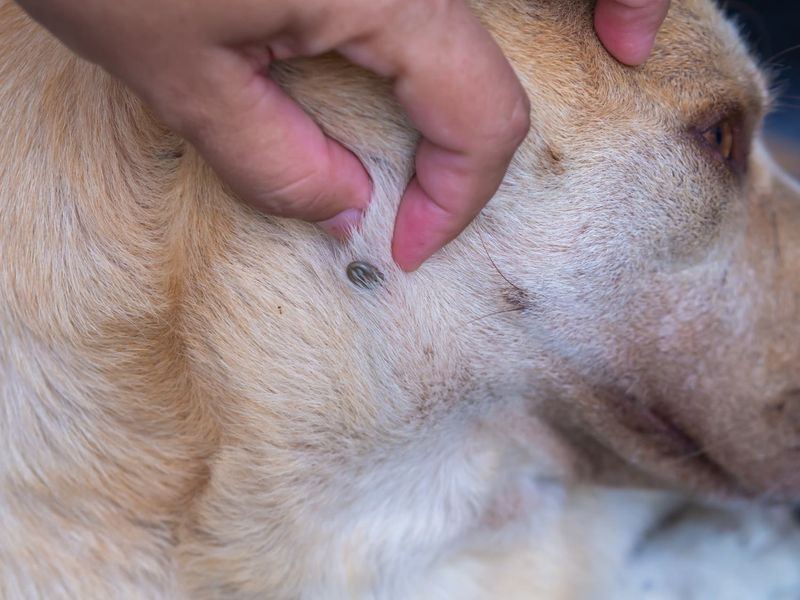
Lyme disease doesn’t travel alone. Co-infections with other tick-borne illnesses can complicate the scenario. Recognizing these co-infections is crucial for effective treatment.
Symptoms may overlap, adding complexity to diagnosis. A multi-faceted approach is required. Comprehensive testing helps identify these co-infections.
Early detection leads to targeted treatment, addressing multiple threats at once. Understanding co-infections ensures a holistic view of your dog’s health, enhancing recovery outcomes.
The Role of Regular Vet Checks
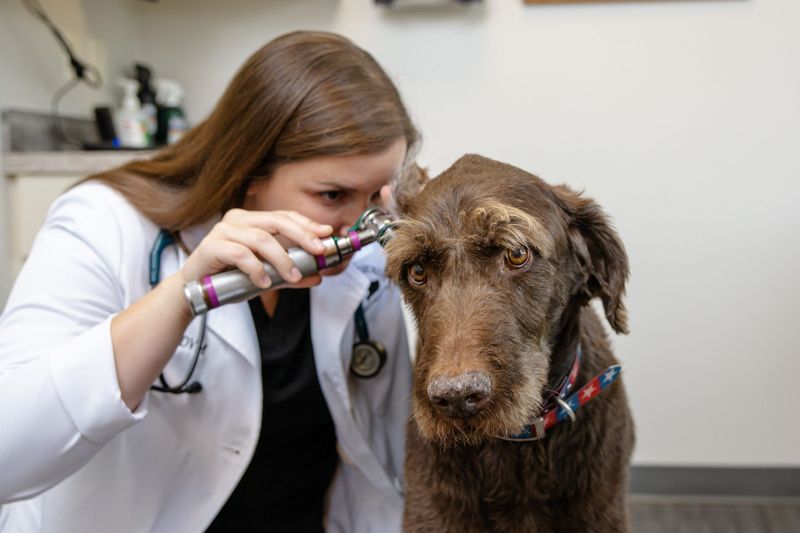
Regular vet check-ups are the unsung heroes in Lyme disease prevention. These visits provide opportunities for early detection.
Routine examinations can reveal signs invisible to the untrained eye. They act as a safety net, catching issues before they escalate. Consistent vet care builds a solid foundation for your dog’s health.
These check-ups offer peace of mind, knowing your pet is in good hands. A partnership with your vet ensures a proactive approach to Lyme disease and overall well-being.

